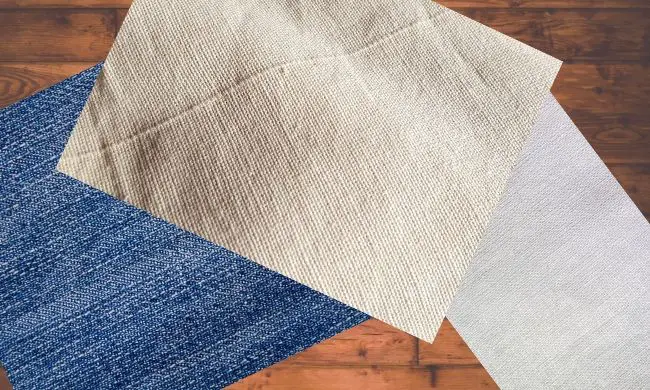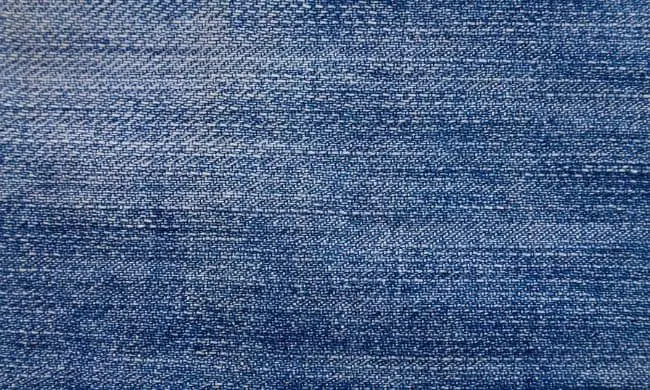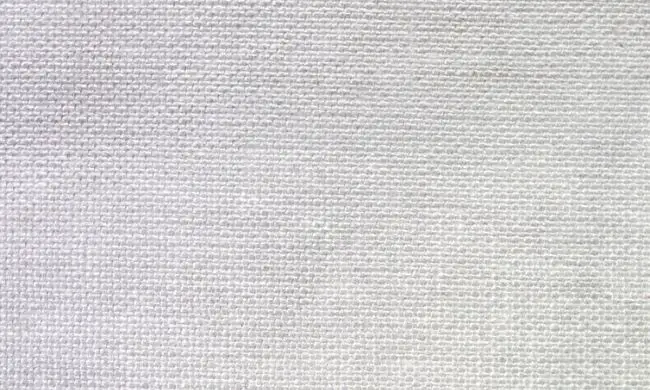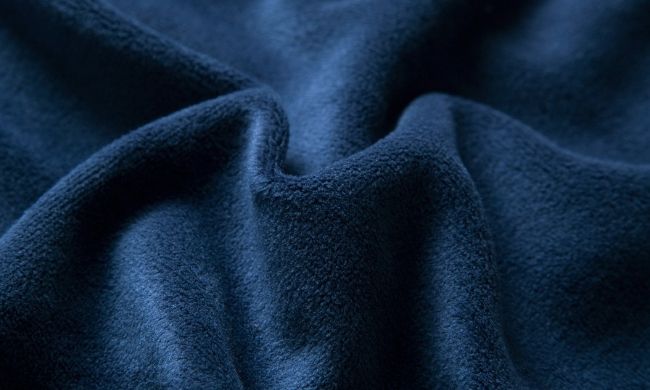When you start needle felting one of the things you want to know is what can you needle felt onto? This is important because the success of your project can depend upon it.
There are lots of different types of material you can needle felt into. Different people have different views. And some fabrics are much better than others for felting on. Some fabrics suggested for needle felting into them are jean material, pre-prepared wet felting backgrounds, canvas, and other types of clothing material. Below I go through the whole list with the force and against using that particular type of fabric.
Below is a list of fabrics that different needle felters like to use to needle felt onto. Some fabrics below are better for felting than others. However, sometimes it is simply a matter of choice or the type of project that you want to make that will determine what fabric is best.
Everyone has their own preferences. Each fabric has its pluses and minuses. I recommend that you try out different materials to find out which you prefer and when. You can often buy fabrics for needle felting backgrounds cheaply online or at your local charity shop.
I can’t pretend to be an expert on every type of fabric mentioned here, there is a lot!

Calico Fabric is Ideal for Needle Felting Pictures
I think that calico is hands down the best fabric to use. It is made from cotton fibers that are half-processed and unbleached.
- Firm.
- Sturdy.
- Comes in neutral colors.
- Natural (unbleached cotton).
- Available in different weights.
- Economical.
- It is easy to use.
- Not too loose or tight a weave. This means you can do a more detailed picture.
- Comes in different weights.
On the downside::
- If you stab too vigorously the pattern can go through the back of the fabric!
- It is unfinished which makes it more coarse than other fabrics.
- Uneven weave.
The picture above is of my calico that I intend to create a picture from (when I get around to it). This is from a huge piece that my sister bought 1 meter by 60 inches (1.52 meters) for about £2 ($2.54 US). As you can see, it needs a good iron.
This is a heavyweight fabric. A medium calico fabric would be better to work with.
Linen Is a Popular Choice To Needle Felt Onto
Although I love calico, linen is considered the best fabric to needle felt onto. Linen is made from flax fibers.
- Linen is strong and durable.
- The weave is more even than calico.
- Very strong material.
- Can get it in neutral colors.
- Easy to use.
- Fine even material.
- A good amount of weave space to create pictures.
On the downside
- Linen is much more expensive than calico to buy.
A way to reduce the cost of linen could be to use a linen-cotton mix.
Denim Jean Material

Some people like to felt onto jean material. While it works well, I feel that it is perhaps too tight a weave. But that comes down to personal preference. Denim is a twill weave cotton fabric. Although sometimes it is combined with polyester.
I recommend that you try it out and see if it will work for your projects.
- It is a strong fabric.
- Hard wearing.
- Easy to work with.
- Comes in different thicknesses.
- Ranges from coarse to fine.
On the Downside:
- Denim has quite tight a weave. Although this varies.
- It comes in mostly shades of blue, black & gray.
- Although you can only see one color denim is made from two colors.
Of course, it is perfect if you want to put designs on actual jeans. Note though to check for any wool shrinkage.
Pre Wet Felted Material
This can either be pre-bought or made by yourself. Although it is often made. Although you can make a plain backing often it is used as a base for a picture that you then do a light needle felted pattern on.
- This can be made as either pre-felt or a full picture backing (which is much thicker and more finished)
- You can decide on how thick you want the backing.
- You can make a colored base for a picture which is ideal for fantasy, seascapes or sunsets, or even abstract patterns.
- Can use it as a background for many objects like bags etc.
The disadvantages
- It’s very time-consuming to make.
- May not be as smooth and even as other fabrics.
- Design and colors can only be estimated.
- It is often thicker to work on.
Pre-Felted Material (Store Bought Needle)
Store-bought pre-felt is a half-made felt that is designed to continue to work on further. It is usually made by machine needle felting. Pre-felt is good for using ON felting rather than felting on it.
- It is good for shapes on felting.
- Reasonable price.
However:
Store-bought pre-felt is often acrylic and not wool.
- It does not keep its shape well enough to felt into.
- Not study enough to felt on as it is fragile.
- It is too soft.
Canvas (Cotton)
- Very sturdy (more sturdy than calico).
- Tight Weave.
- Light color.
- Medium weighted fabric.
Downside:
- Slight shrinkage when washed.
Art Canvas

I have heard people say they use this. I haven’t tried it for needle felting but feel that it is not ideal.
- Strong.
- Firm.
- With large gaps between holes.
Disadvantages:
- Art canvas often already has an undercoated base layer of paint on the surface.
- Maybe too coarse.
Bamboo Fabric
There are many types of Bamboo fabric. So not all will work the same with needle felting. Also, it can be mixed with hemp.
The one I am thinking of is very similar to the calico. It is a neutral pale cream.
- Very environmentally friendly.
- Sturdy.
- Generally slightly more textured than cotton or calico.
- Some shrinkage needs to be considered if you are planning on wet felting your finished picture.
- Flexible.
Wool/Wool Blankets & Quality Tweed
If you don’t want to pre-felt or buy pre-felt you can simply buy wool. Wool blankets are ideal for this.
- Wool is great to work with.
- You are working wool on wool which works well for some designs.
The downside:
- Wool & tweed comes in different weaves.
- Tweed is an open weave.
- Can be coarse.
Wool Blend Felt Sheets
As an alternative to wool, you can use a wool blend. In some areas, you can buy these ready-made. They are great for small pictures.
- Extra strong.
- Uniform colors.
- Lots of colors.
- Not as thick as blankets.
- Easy to cut.
Disadvantages:
- Expensive for small amounts.
Velvet

Real velvet is made completely from silk. Most velvet will be cotton although you can get them in other fabrics like linen and cotton. Some are made from man-made fibers like rayon & nylon. Velvet is a double-thickness fabric. You have the backing and the velvet.
- Velvet is good for Nuno felting. (A form of wet felting)
Disadvantages:
- Real velvet is rare and expensive.
- Even normal velvet can be expensive.
- It’s tufted so isn’t ideal for all types of felted pictures.
- You need to use real natural velvet rather than man-made fibers to get quality results.
Wrap Up!
Phew! There are a lot of fabric choices. I have concentrated on flat felting as felted pictures are very popular. However, you can use many of these for other things besides flat felted pictures including pre-felted items, or even create articles of clothing or accessories with them.
Don’t feel you have to use all of them. Start with the easiest to use like the calico or linen then once you have a good technique experiment.